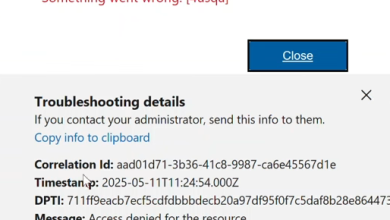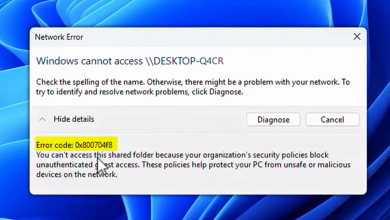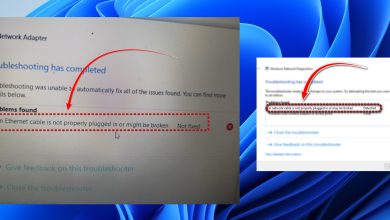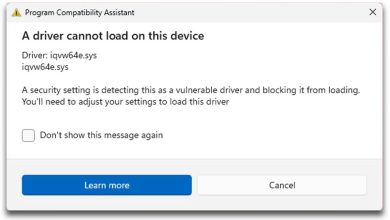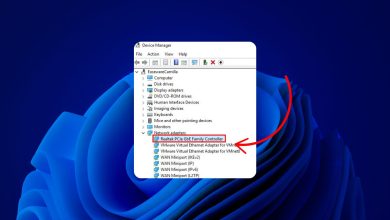Cat8 Ethernet Cable: Everything You Need to Know
Ethernet cables are vital for delivering fast and reliable network connections, making them indispensable in today’s business networking setups. The industry’s value is anticipated to hit $31 billion by 2030, a notable 95% growth from its current status.
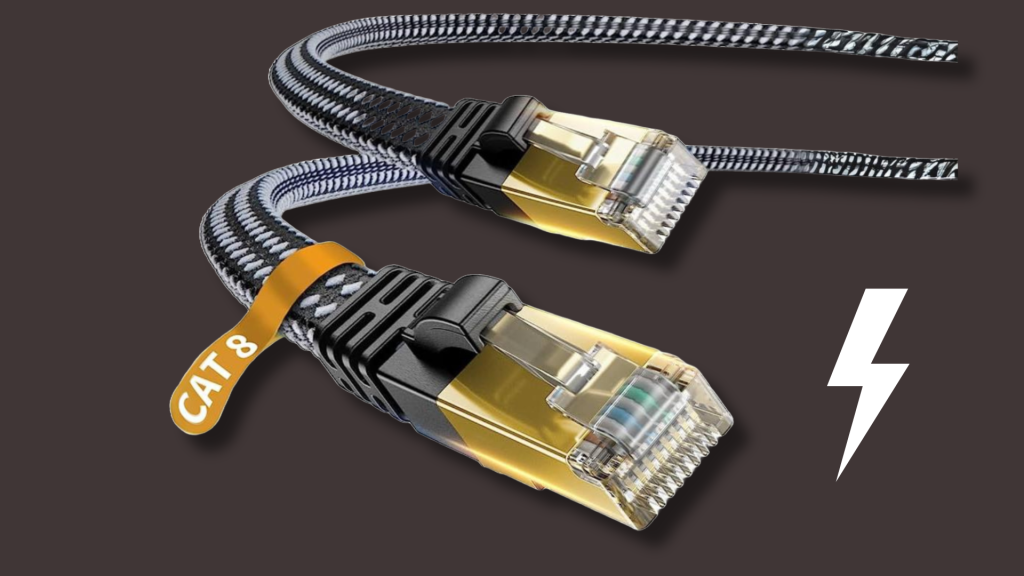
These cables come in different standards, each offering distinct levels of bandwidth, speed, and reliability. This article aims to clarify these categories and guide you in selecting the most suitable one.
Ethernet cables connect devices such as computers, printers, consoles, and smart TVs within a Local Area Network (LAN) and link them to the internet. They function as key data conduits, similar to highways, where older cables may impede data flow. With various standards, these cables are designed to meet diverse needs, from household use to high-speed data server environments.
Table of Contents
Ethernet cables are used to physically connect devices such as computers, laptops, printers, consoles, and smart TVs within a Local Area Network (LAN), eventually connecting them to the internet.
Ethernet cables are crucial because they serve as highways for your data to travel. Similar to a congested road slowing down traffic, outdated cable standards can slow down data transmission. This is why various standards of cables are available, suitable for different requirements ranging from home use to high-speed data server applications.
Common Types of Cat Ethernet Cables
Category or “CAT” cables are standardized twisted-pair cables designed for computer networks. They are predominantly used in industrial and commercial settings for connecting devices like routers and switches, typically using the standardized RJ45 connector.
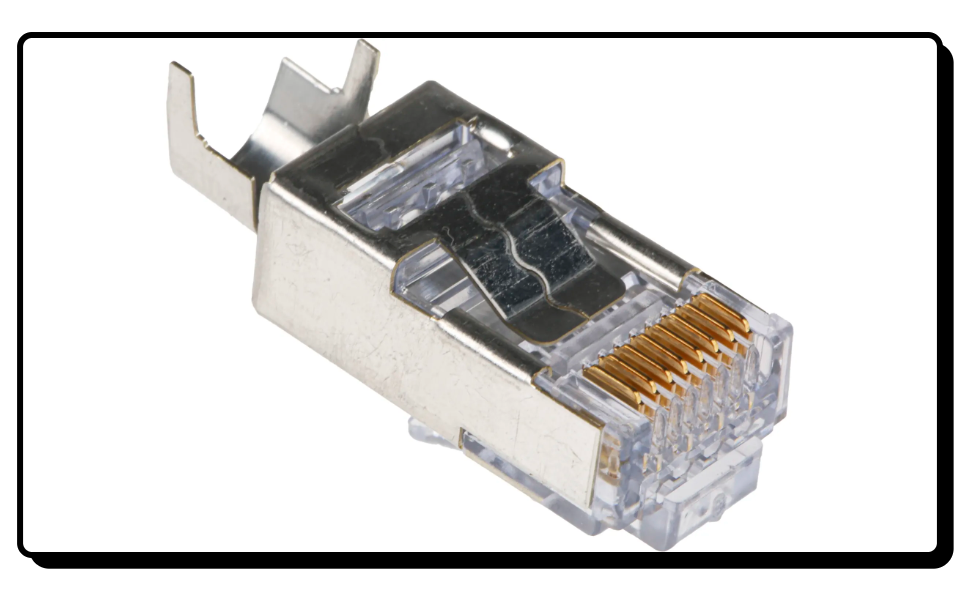
Currently, CAT 8 represents the fastest Ethernet standard, but older versions like CAT 6, CAT 6A, and CAT 7 remain relevant since all of these cables are backward compatible.
↪ CAT 1 -5
Today’s Ethernet cables are mostly CAT6 or higher. Earlier standards, CAT1-5, primarily facilitated telephone lines and voice applications. The earliest CAT cables were limited to voice transmission only. However, the introduction of the CAT5 standard in 1995 revolutionized Ethernet cables globally by offering significantly improved bandwidth (100MHz) and faster speeds (100Mbps).
1. CAT6
CAT 6 emerged in 1997 and supports speeds of up to 10 Gbps over distances of 55 meters and 5 Gbps over 100 meters. Operating at a frequency of 250MHz, it is mainly used for high-speed connections in small offices and homes, handling internet browsing, gaming, streaming, and basic file transfers efficiently.
This cable standard is also backward compatible with previous Ethernet standards like 10BASE-T and 100BASE-TX. CAT 6 is also more economical than some newer standards that may not offer significant benefits in small-scale applications.
2. CAT6A
The successor to CAT 6, CAT 6A offers a tenfold boost in network speed, supporting up to 10 Gbps over a full 100 meters and doubling the bandwidth at 500MHz. Each pair, along with the whole cable, is shielded to better protect against interference and crosstalk.
Debuting in 2009, CAT 6A is more than adequate for gaming and office environments, and it’s suitable for higher speeds required in data centers or in large file transfers over extended distances. For future-proofing, CAT 6A is often preferred over CAT 7.
3. CAT7
CAT 7 introduces a proprietary connector design, GG45, departing from the standard RJ45, which complicates integration into existing networking systems. Additionally, CAT 7 is not endorsed by the Institute of Electrical and Electronics Engineers (IEEE).
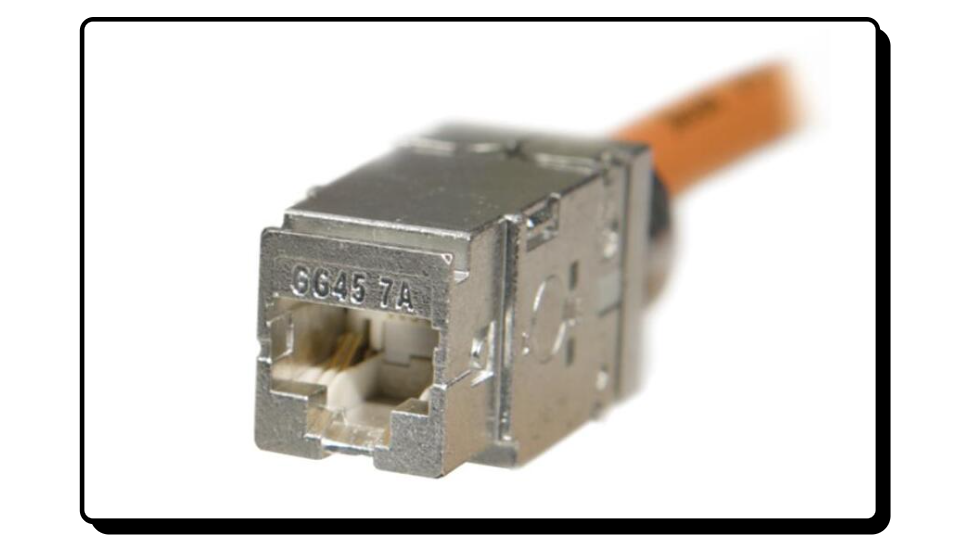
CAT 7 offers speeds of up to 100 Gbps over short distances (15-30 meters) and 10 Gbps over 100 meters. However, its frequency advantage over CAT 6A is minimal, reaching only 600MHz. Given these constraints, CAT 7 is generally used in specialized, high-performance networking environments, especially industrial applications.
| CAT 6 | CAT 6A | CAT 7 | CAT 8 | |
| Frequency (MHz) | 250 | 500 | 600 | 2000 |
| Max Speed (Gbps) | 10 | 10 | 10 | 25/40 |
| Max Length for Full Speed (m) | 100 | 100 | 100 | 30 (40 Gbps), 100 (25 Gbps) |
| Shielding | Individual foil | Individual foil & overall braid | Individual foil & overall braid + shielded plug | Individual foil & overall braid + shielded plug |
| Typical Price per Meter | Low | Moderate | High | High |
CAT8 Ethernet Cable
CAT 8 is the latest in the “Category” lineup of Ethernet cables, supporting up to 40 Gbps over 30 meters, and the typical CAT 6 rate of 10 Gbps for up to 100 meters. It offers a remarkable bandwidth of 2000MHz, eight times that of a standard CAT 6 cable. These cables are predominantly found in powerful server environments and are seldom fully utilized in non-commercial settings.
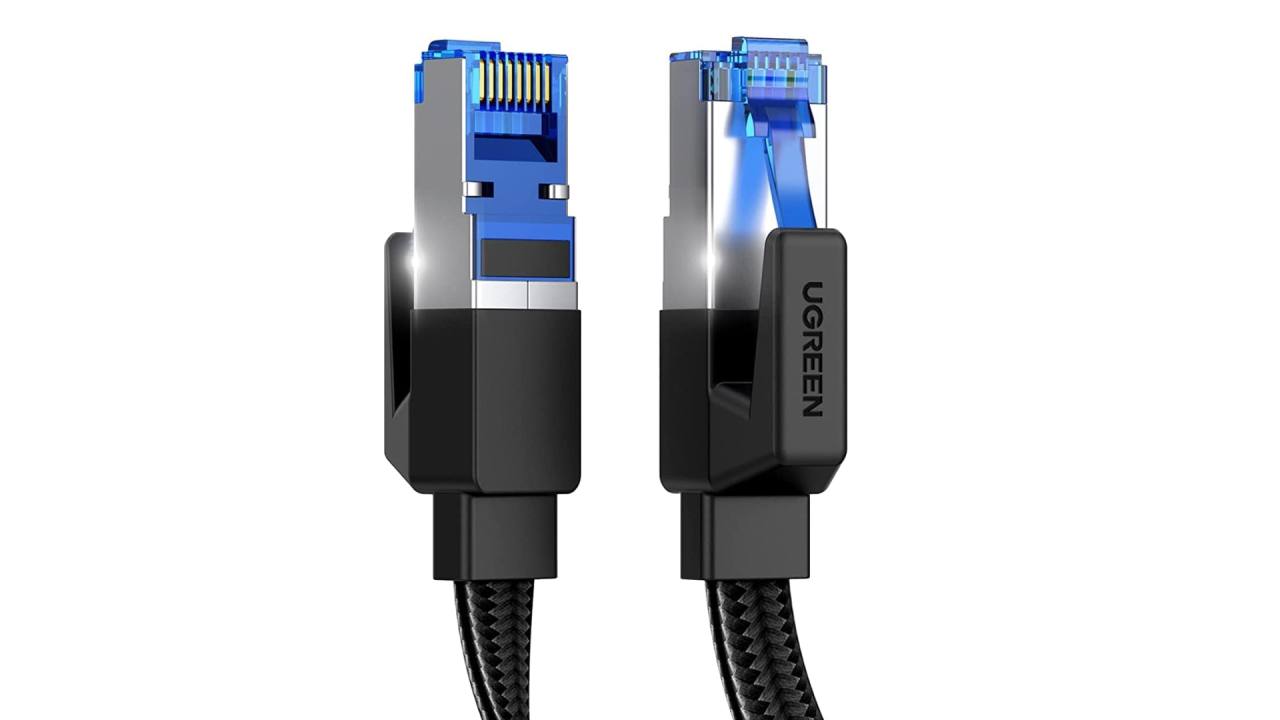
Should You Use CAT8 for Gaming?
Maximizing the internet speed and bandwidth on a CAT 8 cable allows for rapid downloads, like a 50GB file in under 10 seconds. However, the fastest available home internet speeds in the US currently reach only 8 Gbps, with average speeds being lower.
Additionally, most motherboards are equipped with 1 Gbps Ethernet ports, and network cards that can manage the full 40 Gbps speed of CAT 8 cables can cost over $500, which is comparable to the cost of a high-end motherboard. Even then, these high-performance network cards usually don’t use CAT 8 cables; they rely on QSFP+ connectors meant for fiber optic or twinaxial cables.
Cheap CAT 8 Cables on the Internet
As CAT 8 entered the mainstream market, users were impressed by its capabilities, but many did not grasp the full implications of these specifications. This led to a surge in its popularity, prompting some manufacturers to sell inexpensive CAT 8 cables online, which could potentially mislead consumers.
Individuals who have bought these cables often report reduced transfer speeds, probably due to subpar quality control. The larger issue may stem from deceptive marketing, as some of these cables might simply be regular CAT 5 or CAT 6 cables that have been mislabeled.
Recommended CAT Cables
Despite the prevalence of counterfeits, high-quality cables are still available on the market. Below are some of the better CAT cables you can find today:
- Nippon Labs CAT8 – 0.5ft
- GearIT CAT8 – 7ft
- Monoprice CAT8 – 40ft
FAQs
Cat 8 cables use the RJ45 connector, which means they will most likely work with your router. Check your router’s manual for confirmation.
It’s generally not advisable to spend extra on a CAT 8 cable because there are few if any, scenarios where they would be useful in a home setting. A CAT 6A cable would be more than adequate for office and home applications.
Currently, CAT 6A cables are a good choice. Since all CAT cables except CAT 7 use the standardized RJ45 connector, they can work interchangeably. Opting for CAT 6A will save you money while allowing full utilization.
 Reviewed by
Reviewed by 